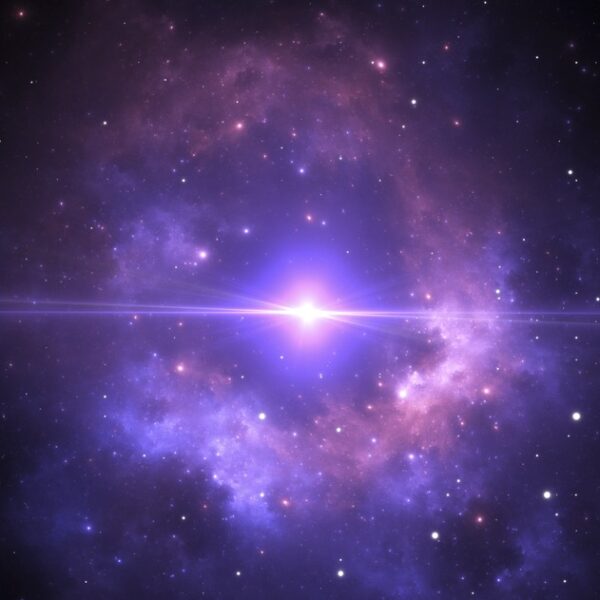
Since the first direct detection of the space-time ripples known as gravitational waves was announced in 2016, astronomers regularly listen for the ringing of black holes across the universe. Projects like the Laser Interferometer Gravitational-Wave Observatory (better known as LIGO) have detected almost 100 collisions between black holes (and sometimes neutron stars), which shake up the fabric of the cosmos and send invisible waves rippling through space.
But new research shows that LIGO might soon hear another kind of shake-up in space: cocoons of roiling gas spewed from dying stars. Researchers at Northwestern University used cutting-edge computer simulations of massive stars to show how these cocoons may produce “impossible to ignore” gravitational waves, according to research presented this week at the 242nd meeting of the American Astronomical Society. Studying these ripples in real life could provide valuable insight into the violent deaths of giant stars.
As massive stars run out of fuel, they collapse into black holes, throwing out huge jets of ultra-fast-moving particles at the same time. The team of astronomers simulated these end stages of a star’s life, thinking the jets may lead to gravitational waves — but something else took center stage.
“Writer Fuel” is a series of cool real-world stories that might inspire your little writer heart. Check out our Writer Fuel page on the LimFic blog for more inspiration.

